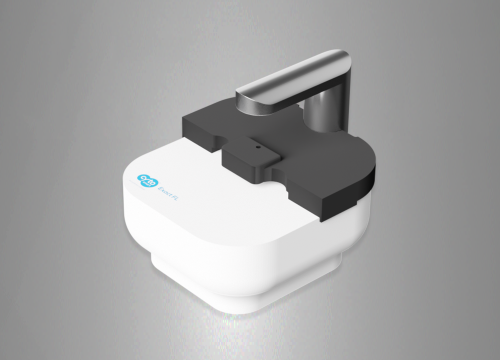Authors: Wang F, Fan K, Zhao Y, Xie ML.
Journal of Ethnopharmacology Volume 265, 2021
Apigenin is a natural flavonoid compound present in chamomile (Matricaia chamomilla L.) from the Asteraceae family, which is used in the treatment of cardiovascular diseases by tradi-tional healers, but its effects on differentiation and extracellular matrix (ECM) production of cardiac fibroblasts (CFs) induced by transforming growth factor beta 1 (TGF-β1) are poorly understood. This study aimed to examine these effects and potential molecular mechanisms and to provide a new application of apigenin in the prevention and treatment of cardiac fibrosis. The TGF-β1-stimulated CFs or the combination of TGF-β1-stimulated and microRNA-155- 5p (miR-155-5p) inhibitor- or mimic-transfected CFs were treated with or without apigenin. The expression levels of intracellular related mRNA and proteins were detected by real-time polymerase chain reaction and Western blot methods, respectively. The luciferase reporter gene containing cellular Sloan-Kettering Institute (c- Ski) wild or mutant type 3′-UTR was used and the luciferase activity was examined to verify the direct link of miR-155-5p and c-Ski. After treatment of TGF-β1-stimulated CFs with 6–24 μM apigenin, the expression of c-Ski was increased, while levels of miR-155-5p, α-smooth muscle actin, collagen I/III, Smad2/3, and p-Smad2/3 were decreased. After transfection of CFs with the miR-155-5p inhibitor or mimic, the similar or inverse results were respectively observed as well. The combination of TGF-β1 and miR-155-5p inhibitor or mimic might cause an antagonistical or synergistic effect, respectively, and apigenin addition could enhance the effects of the inhibitor and antagonize the effects of the mimic. Luciferase reporter gene assay demonstrated that c-Ski was a direct target of miR-155- 5p. These findings suggested that apigenin could inhibit the differentiation and ECM production in TGF- β1-stimulated CFs, and its mechanisms might partly be attributable to the reduction of miR-155-5p expression and subsequent increment of c-Ski expression, which might result in the inhibition of Smad2/3 and p-Smad2/3 expressions.
